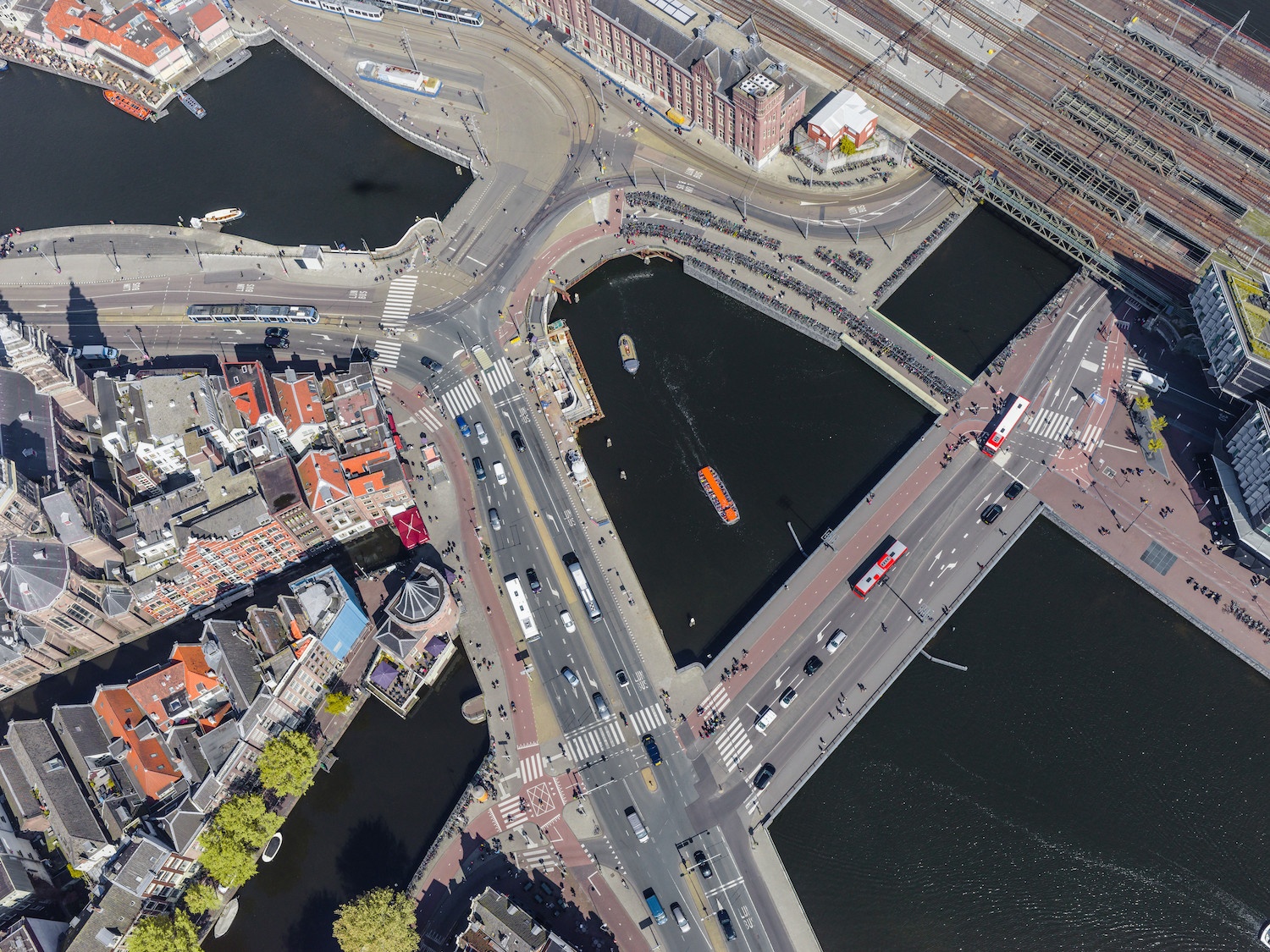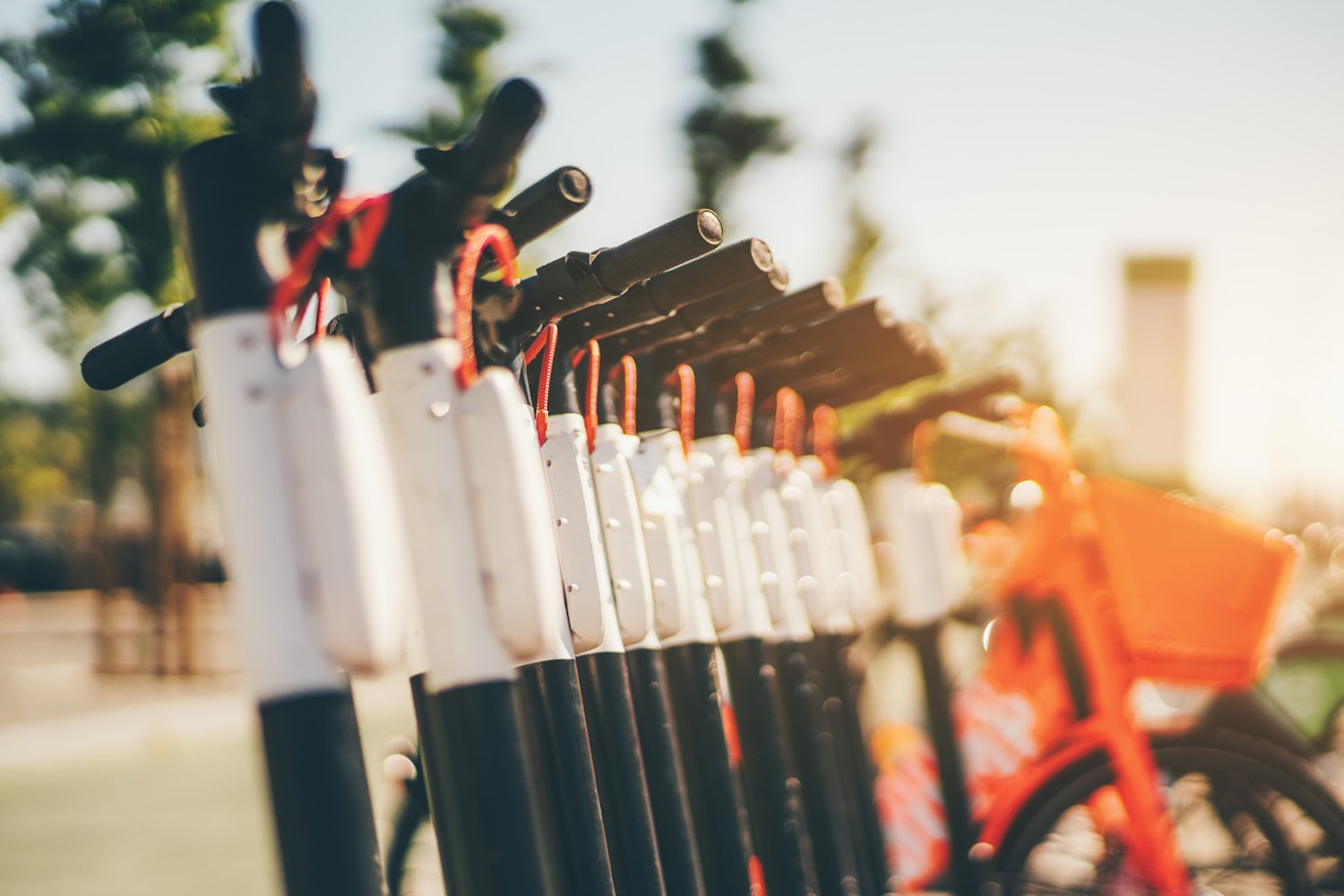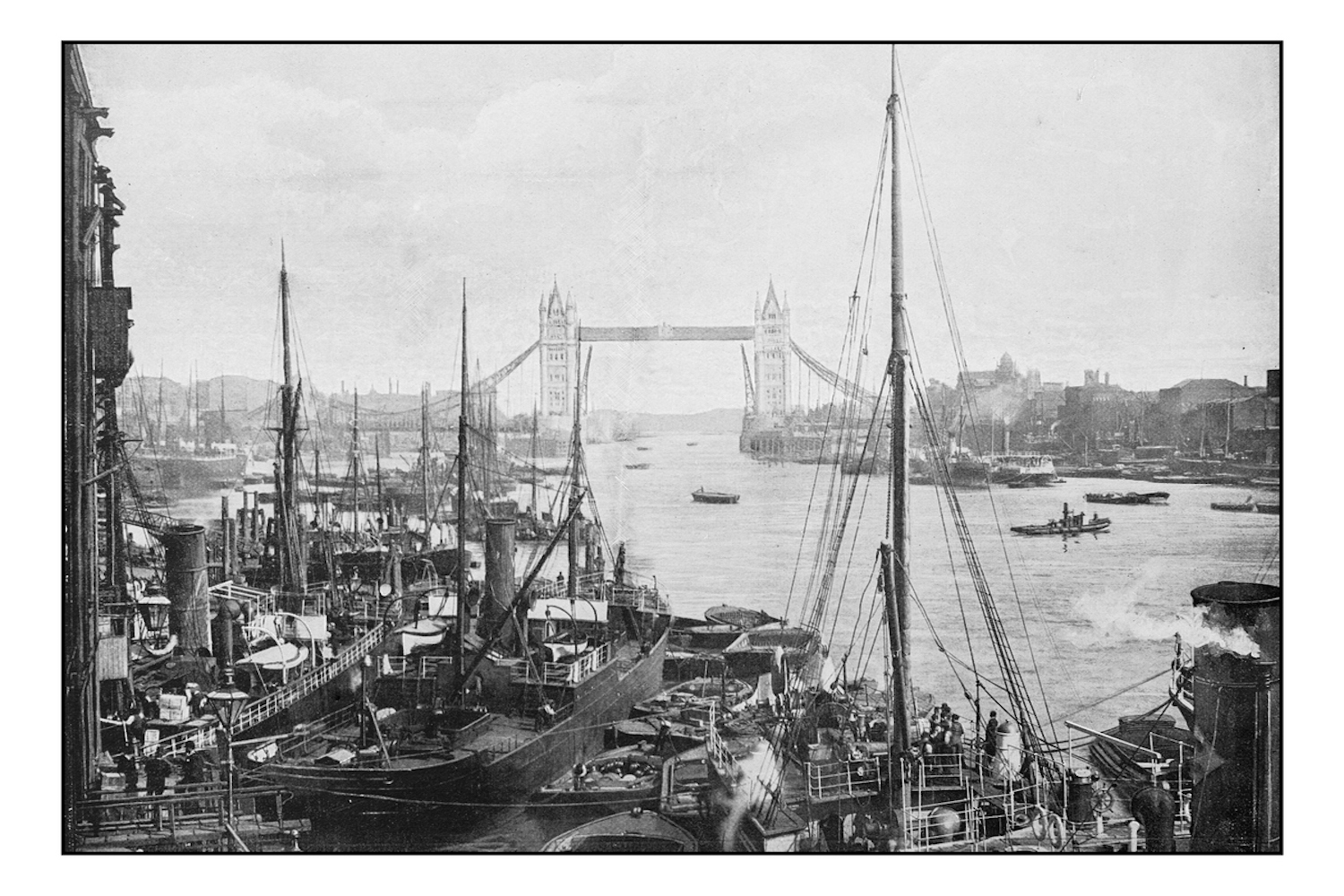Inland waterways could help ease supply chain bottlenecks

London's first riverboat delivery service offers the possibility of using city waterways for deliveries, as a way of avoiding increasingly traffic-heavy streets.
Getting goods around cities has arguably never been more challenging. Traffic has increased in many urban centers as 2020 goes on, making timely deliveries a challenge. At the same time. e-commerce is at an all-time high and that shows no signs of letting up. Online retail grew year-on-year by July 2020 by 55% to $66bn according to Accenture. Customers now expect next-day or even same-day delivery in many locations, making the pressure on deliveries and particularly last-mile even greater.

Delivery companies are getting creative about how they move goods around crowded cities.
It is little wonder that delivery companies are coming up with ever-more creative solutions to rise to this challenge. DHL Express has used Amsterdam and Venice's canal networks to deliver goods and avoid crowded, narrow, or non-existent streets for some time. Now the company is launching a riverboat service in London, its first high-speed operation.
Meanwhile in Paris, a logistics company called Vert Chez Vous uses the Seine to deliver goods, with the final delivery taken over by electric tricycles. It has been so successful that the company has recently extended it to Toulouse and Lyon. In Utrecht, canals have been used this way for about 20 years. The Beer Boat takes goods to restaurants and bars along the canals.

Parcels delivered by boat can then be distributed by e-bikes or e-scooters.
In Mumbai, Uber Eats last year introduced speedboat delivery, in an indication that waterways are becoming more appealing for delivery firms. Speaking to HERE360, Accenture's Henry Cartwright, who is Senior Manager, Post & Parcel Industry said: “What we've seen is organizations experimenting with alternative methods of getting parcel volume into city centers. And in Amsterdam, and in London recently, there have been announcements from several delivery orgs around using canals and the river to do that initial large movement of a lot of parcels to the city center."
Packages can be unloaded onto a wharf where they can be distributed to drivers on e-bikes or forms of transport for last-mile transit.
Henry added that using waterways in this way often fits well with local authorities' agendas on decongesting city centers by getting freight off the roads.

Could rivers like the Thames become as busy as they were in the past again?
An untapped network?
Many inland waterways were used heavily in the past to deliver goods as well as bulk materials, including the Thames, while some continue to be active, such as the Grand Canal in China.
But not every city is blessed with a network of rivers and canals, and those that are will still face the challenge of how to move goods from a wharf or dock area to their final destination. It isn't always the most convenient route. While large barges can carry more cargo than delivery vans can, waterways can present seasonal challenges as rivers freeze in winter or the water level gets too low in summer.
Transporting goods in this way can work as part of an intermodal approach which gets around traffic and emissions challenges.
In theory, other cities with waterways that are currently underused – such as the canal in Georgetown, Washington DC – could benefit from this approach. The Chesapeake & Ohio canal is mostly deserted now, though recent plans to turn it into a focal point met with some local resistance.
Ships use three to five times less fuel than a truck and can be economically competitive.
It will be interesting to see if waterways get used more frequently as the pressure on city streets only increases.
HERE Technologies' tools provide real-time route optimization and intermodal delivery services for fleets adjusting to the new reality in a competitive market.
Go beyond simple A to B routing and increase fleet performance with advanced real-time data. Find out more here.
Have your say
Sign up for our newsletter
Why sign up:
- Latest offers and discounts
- Tailored content delivered weekly
- Exclusive events
- One click to unsubscribe